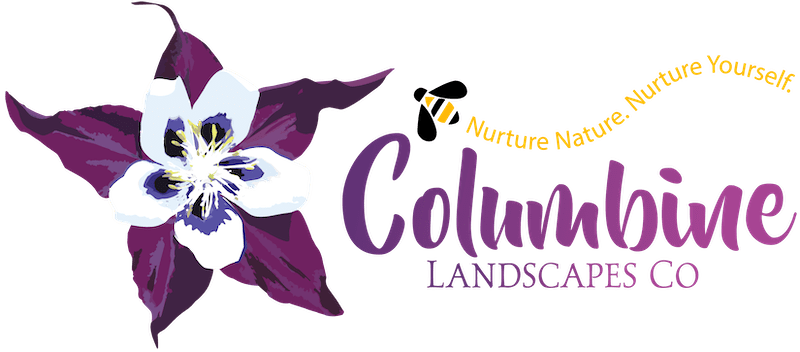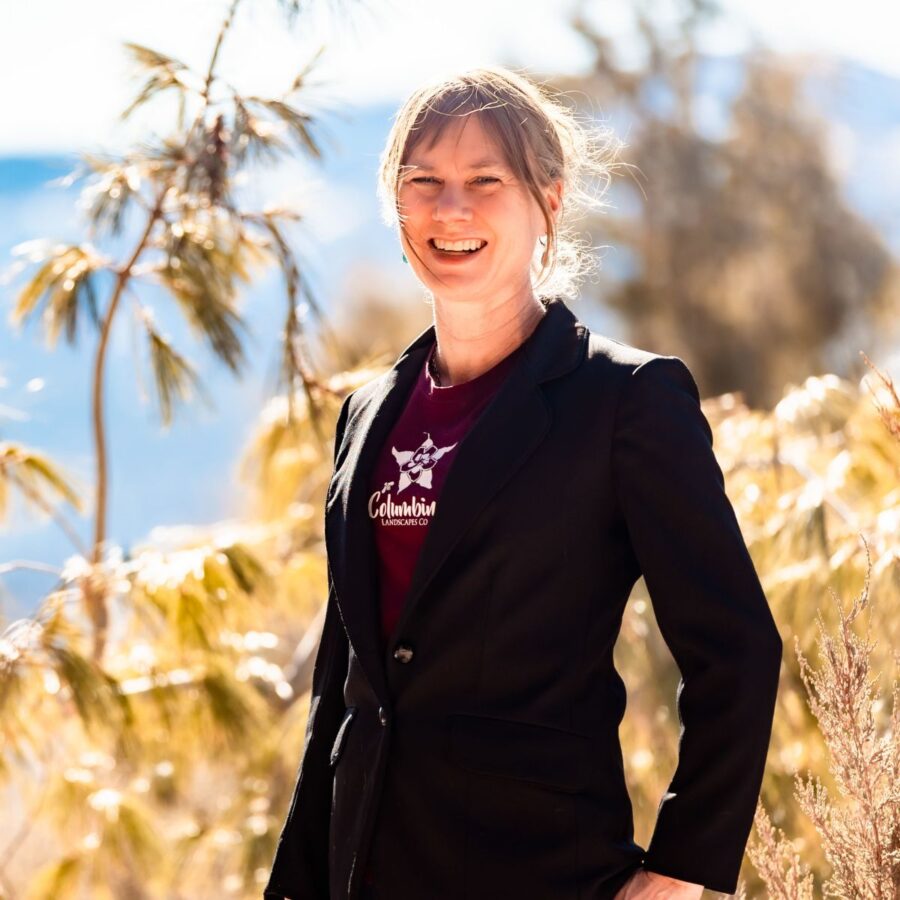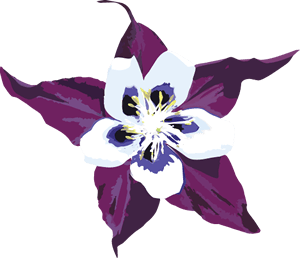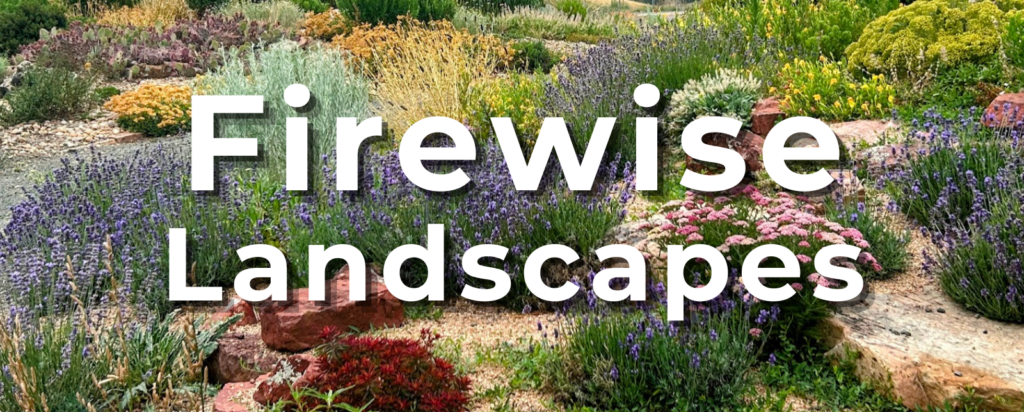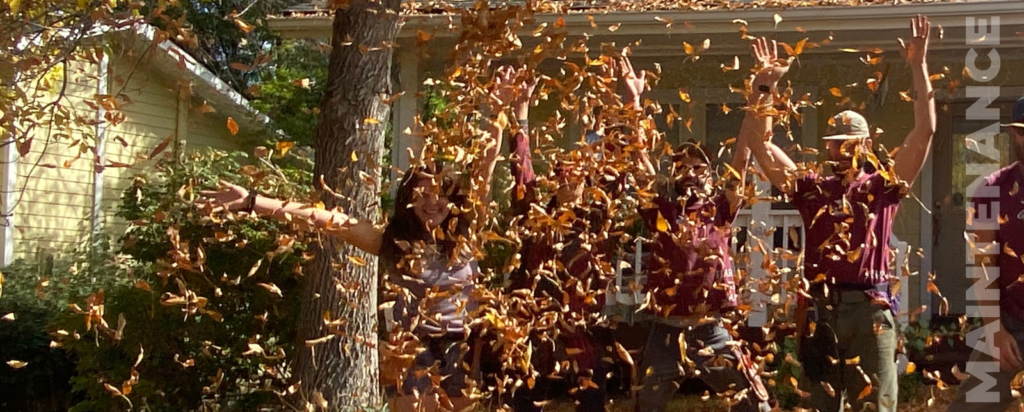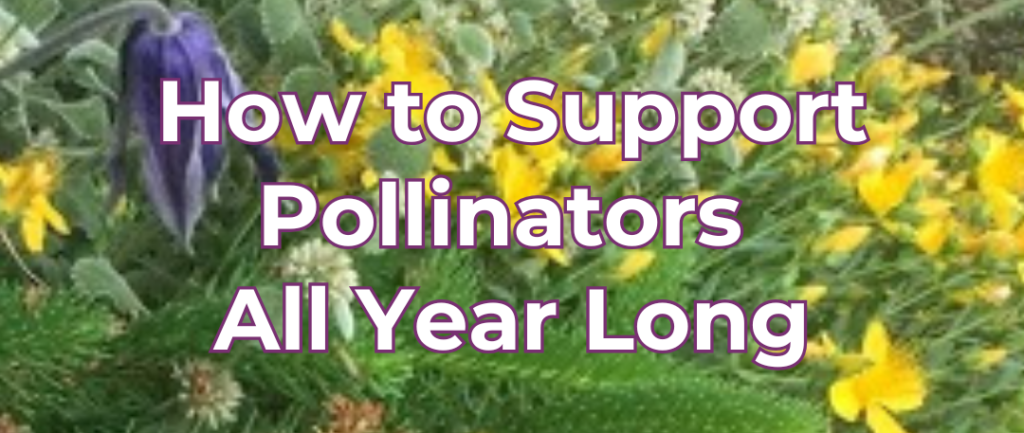
I talk a lot about sustainable landscapes needing to include native and adapted plants. But what specifically does that mean? In both cases, it means we use plants that like growing in our native soil, and they do it well. They are accustomed to our climate –
which here in the Rockies is one of extremes. Not all plants can handle our dry air and dramatic temperature differences from day to night, in the summer or the winter. That intense winter sun is something many places just don’t have. Designing with and
planting plants that not just tolerate these particular conditions, but actually prefer them is what we’re after.
Obviously our native plants are shoe-ins to handle these conditions gracefully, but there are many other plants from other climatically similar parts of the world that also do well for us, and those are what we refer to as “adapted”. AND there is more to consider before planting natives than simply in what region they naturally occur.
1. Define “native”. Are you a purist and only want to plant plants naturally found in your county…state…region? Of course geopolitical boundaries such as state and county don’t have much to do with eco zones. Are you happy to consider prairie plants if you live in the mountains? There sure are some great ones that do well like the ever-popular
Echinacea angustifolia/coneflower, Zinnia grandiflora/prairie zinnia, and Liatris sp./blazing star.
And what about aspens? Everyone wants them but are they native to your area/elevation/hardiness zone? They’re not to mine, in town in Durango. They thrive at 8,500 feet where there’s less heat and more precipitation which means there are a lot of
suffering, declining and dying aspens around me at 6,500 feet, and they are a far cry from xeric/waterwise.
2. Native doesn’t mean it will grow; right conditions still have to be met. If you’re an outdoorsy type and get to places where the plants you choose for your garden occur naturally, notice how much sun and moisture they get, the elevation they prefer, and the aspect the slope faces if applicable. Then evaluate whether you have the right conditions on your site. Plants that grow along streams are native, but they won’t cut it in a hot, sunny, exposed site, even if the elevation is the same.
3. Where a nursery plant is grown, wintered over, and shipped from can make a big difference in its hardiness and adaptability to your site. These factors can result in the factors described in #2 above not being quite so straightforward, even if the proper conditions are met. Buying from local nurseries helps ensure you are getting a plant that is appropriately acclimated to your region.
4. When the above are all right, native plants are a great choice. Not only do native plants prefer their home climate and conditions, they nurture the local pollinators and other critters that augment local ecosystem health, they instill a sense of place. Sense of place refers to what it is that makes a place look and feel special, and distinguishes it
from any other place.
Native plants are hands down the best way to capture a Colorado aesthetic in the garden, while supporting nature, embracing sustainability, and making your job as steward of your space easier.
Learn more about native plants at the Santa Rita Water Reclamation Facility
Featuring 3 different themes:
In 2020 the City of Durango reached out to Durango Botanic Gardens (DBG) for assistance with a demonstration garden at the (then) new Santa Rita Water Facility administrative building. DBG suggested three award winning local landscape designers.

One of these designers is Columbine’s very own Eva Montane. Eva relished the opportunity to showcase all her passions in one garden – the Rain Garden – intended to help people see first-hand how lovely and functional gardens can be that are also
water-thrifty/xeric
- deer-resistant
- low-maintenance
- water-harvesting
- rewilding – creating habitat aligned with local ecology
All three gardens were installed late in 2023. It will be exciting to see it mature and fill in over the next several years as it becomes fully established.
To experience this demonstration garden for yourself in-person, go to Santa Rita Dr, Durango, CO 81301
